Loose leash walking: Stop struggling, start engaging.
More often than not, I hear from dog owners that they have trouble walking their dog because they pull on leash. Many even tell me they spent money on a harness labeled as “no pull”, however, their dog was still able to pull while wearing the harness. At this point some owners may resort to aversive tools such as prong, choke or slip collars in an effort to remedy the behavior, and many continue to use these tools as they see results. That discussion would be an entirely separate blog but I will comment that yes, you will see a result because it causes the dog discomfort to pull, so most will not continue to do so in an effort to avoid that discomfort.
I will leave you with one thought on that subject, if walks are supposed to be enjoyable time we spend with our dogs, is this enjoyment hindered by their discomfort?
Let’s get back on track though, the real purpose of this blog is to talk about loose leash walking. To some, this may mean simply that the dog is staying in close enough proximity to the owner that the leash remains slack. Others may prefer the dog to walk in a “heel” position adjacent to the handler on their left or right side. In either case it does not mean the dog is dragging you down the street full speed like you are contestants in the Iditarod.
So why is this seemingly simple concept sometimes so difficult to achieve? Leashes are a human invention and while they make perfect sense to us, they are a completely foreign concept to our canine counterparts. Dogs typically move at a naturally faster pace than most people do when walking, so in their minds you are the slow, annoying human that insists on tagging along but can’t keep up. Think about the leash as a tool that is designed for only management and use it as such. What we should not do is rely solely on the leash when it comes to how we interact with our dog.
What I want from my dog is awareness, interest and attention. The leash is the physical manifestation of our connection to each other, but the real connection is invisible. So how do you get those things from your dog?
1. Train the behavior you want to see.
Practice in your house, the backyard, the driveway, the front yard – before heading out into the neighborhood where it will be difficult for them to be successful. Reward your dog for displaying the behaviors you want them to repeat, like focusing on you and staying close. If they get distracted, which they will, wait – give them an opportunity to make a “good” choice and then reward them for it.
2. Play training games that encourage focus and engagement.
Training games that encourage your dog to be attentive not only help to increase your value in the presence of distractions, but it gives you another set of tools to use while practicing your walking skills. Plus, games are fun!
3. Have fun with your dog.
Your relationship with your dog should not be about obedience, it should be about mutually beneficial interactions. We want to spend time with people that are fun, doing things that are fun - it makes sense that our dogs would want to do the same.
4. Let your dog explore.
Let them pick the route, stop to let them sniff those really interesting bushes, wait patiently while they roll in the grass. Instead of a forced march around the block, head to a local park with a long line and let your dog wander to their heart’s content. This gives you an opportunity to explore together, reward for attention on you, and even work on recalls without the pressure of that perfect loose leash.
5. Practice with consistency.
Pulling on leash is a self-rewarding behavior. Meaning, your dog pulls and they get where they want to go faster, so in your dog’s mind, pulling is good and should be repeated. Plan your training practice to avoid rewarding undesirable behavior (pulling) and provide consistent feedback so your dog knows what is expected of them.
6. Reward
Use high value food rewards (if your dog is food motivated) in combination with environmental rewards. Not sure how to utilize the environment to your advantage? Work with a positive reinforcement-based trainer to learn how!
Look at your walks as opportunities to train and engage with your dog, whether you are just walking the typical neighborhood route or wandering through a local park. Your dog will learn that you are part of the equation when it comes to the adventures you go on together, not simply the human who insists on slowing them down. This approach to training will not only improve your dog’s on leash skills but will have many benefits when it comes time to take the leash off!

